Operations to swap the fifth batch of crude oil consignment from the Caspian Sea littoral states to the port of Neka in northern Iran with deliveries in the Persian Gulf were carried out successfully, deputy operations manager at Iranian Oil Pipeline and Telecommunications Company said.
"Close to 1.8 million barrels have been transferred from Neka terminal to Tehran and Tabriz refineries via the 32-inch Sari-Rey pipeline between July 23 and November 14," Shirafkan Qorbani was also quoted as saying by IRNA on Wednesday.
According to Qorbani, close to 580,000 barrels of oil are transferred from the terminal storage reservoirs in Neka to Tehran's refinery per month.
"Swap operations are conducted twice a month and as soon as the reservoir capacity reaches 360,000 barrels," he added, noting that the 32-inch pipeline's current transfer capacity stands at 370,000 barrels per day, yet plans are in place to raise it to as many as 50,000 barrels a day by the end of December before increasing it to 600,000 barrels per day in the future.
The official noted that 38 large vessels with different capacities have discharged crude in the terminal storage reservoirs in Neka since the country resumed oil swap on August 3 after a seven-year hiatus.
Oil and gas company Dragon Oil, owned by Dubai-based Emirates National Oil Company, shipped an oil cargo from Turkmenistan to Neka Port in northern Iran on August 3 for swapping through the Persian Gulf, marking the first such operation by Iran since 2010.
New Agreements
According to Oil Minister Bijan Namdar Zanganeh, Iran is prepared to swap 400,000-500,000 barrels of crude oil per day if new agreements are signed.
Reportedly, lengthy talks have been held between Russia's second-biggest oil producer Lukoil and the National Iranian Oil Company over oil swap operations. Nonetheless, no contract has been signed.
"If and when the two sides reach an agreement, oil swap could begin at 150,000 barrels per day and rise to 500,000 bpd soon after," the minister said.
Neka can store 250 million liters (1.57 million barrels) of oil and derivatives, but less than 10% of that capacity are currently in use and the forthcoming cargoes are forecast to increase the port's crude storage to 84 million liters, or one-third of the total capacity.
Iran swapped as much as 130,000 barrels of crude oil per day and received $1 in transit costs for each barrel under a swap contract with four international companies before a decision to unilaterally end operations in 2010 under the previous administration.
"Iran transfers oil and petroleum products from the north to refineries in Tehran and Tabriz using a network of pipelines stretching over 600 kilometers in what otherwise would have required nearly 900 tanker trucks per month," Seyyed Hamid Hosseini, the director of Iranian Oil Pipeline and Telecommunications Company said.
"Removing these fuel trucks from the roads plays an important step toward lessening traffic and road accidents," Hosseini added.
According to reports, one of the prerequisites of conducting crude oil swaps is ensuring that incoming cargoes meet the quality of Iranian crude oil equivalent.
Oil swap can be an important source of revenue, as northern neighbors with abundant hydrocarbon resources need access to the sea in the south.
Zanganeh has made it clear that the government of President Hassan Rouhani is pushing to resume swap operations with northern neighbors.
Iran is willing to resume swapping oil and gas from Caspian Sea littoral states, provided Russia, Azerbaijan, Kazakhstan, Turkmenistan and Uzbekistan equally take measures and cooperate with Iran in this regard.


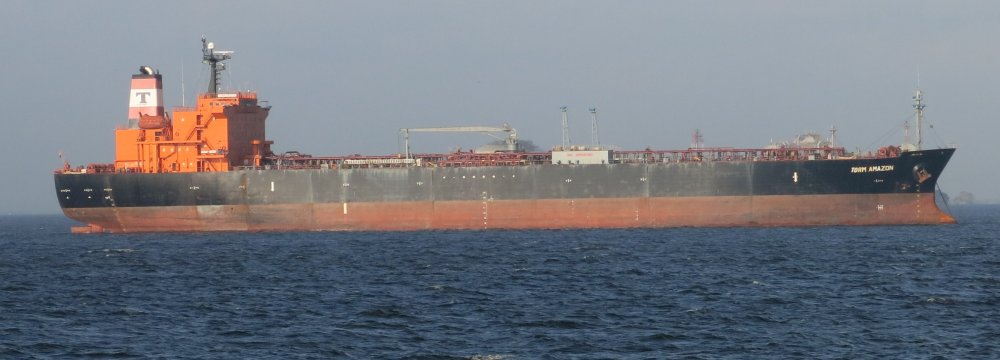
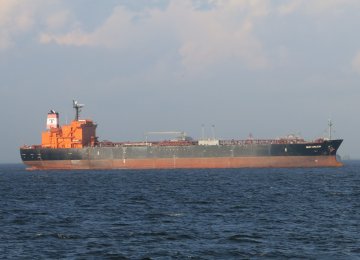
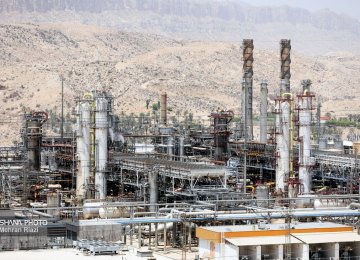
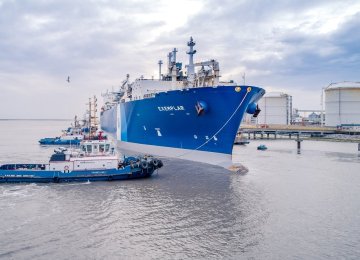
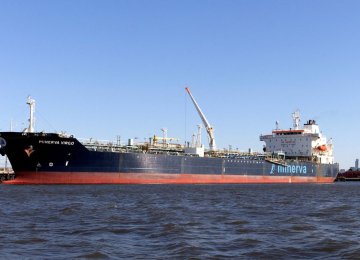
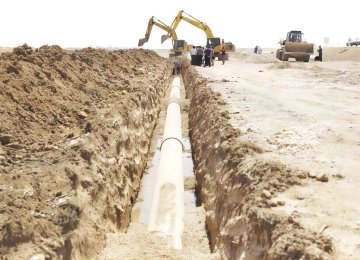
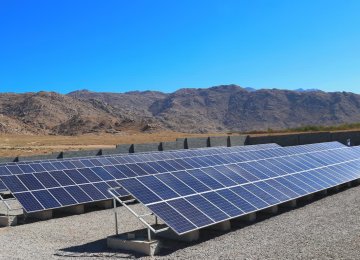


Add new comment
Read our comment policy before posting your viewpoints